Can RIN Value of 7 Be Trusted for Transcriptome Analysis?
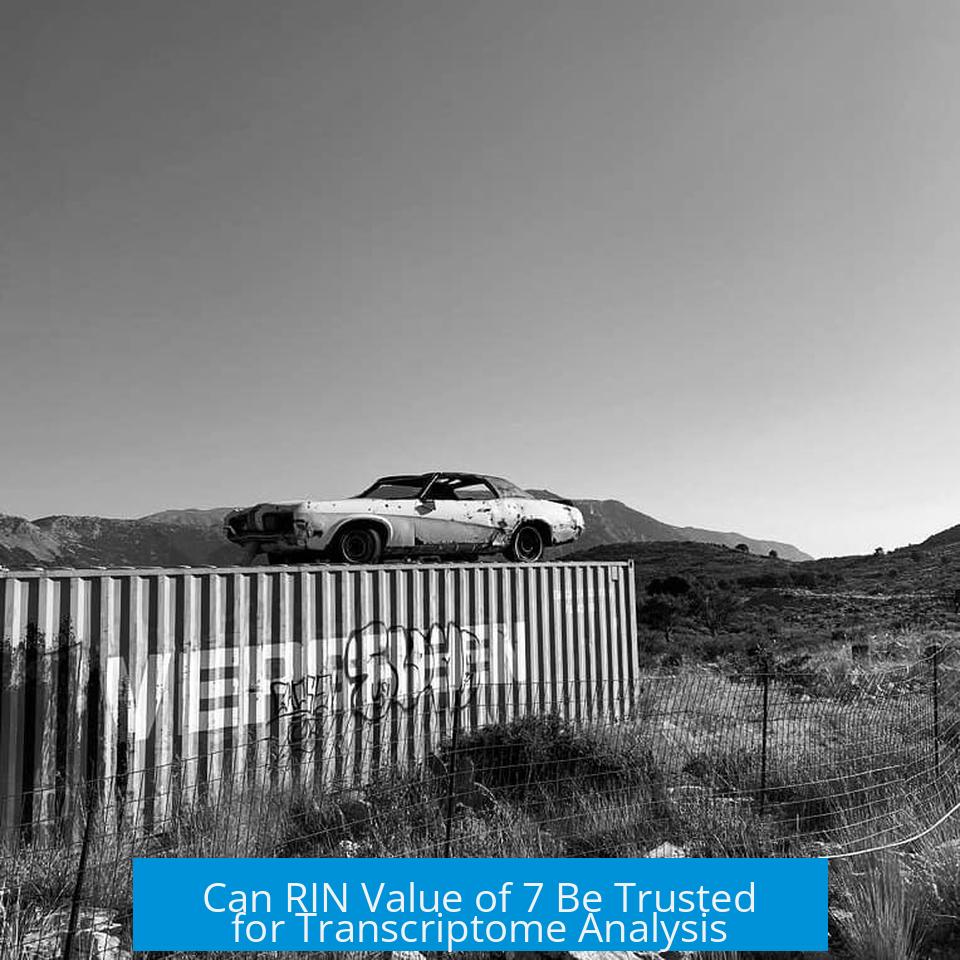
A RIN value of 7 can generally be trusted as a cutoff for transcriptome analysis, but it sits on the borderline of RNA quality standards. While samples with RIN ≥7 usually provide reliable results, values at or just below 7 should be interpreted with caution. Variations in laboratory protocols and sample types allow for some flexibility, but optimizing RNA quality above this threshold is advisable for robust and reproducible outcomes.
Understanding RNA Integrity Number (RIN)
The RNA Integrity Number (RIN) is a widely accepted metric that assesses RNA quality based on the ratio of intact ribosomal RNA peaks and electrophoretic profile. It ranges from 1 (highly degraded) to 10 (intact RNA). Reliable transcriptome sequencing depends heavily on RNA integrity to ensure representative coverage across transcripts.
RIN Cutoff Thresholds for Transcriptome Analysis
Different sequencing facilities and research groups set various RIN cutoffs to ensure high-quality results. Commonly accepted thresholds range between 6.0 and 7.0, but a value of 7 or above is generally preferred.
- Rejection Threshold: Some experts recommend rejecting any samples with a RIN below 7, citing the risk of degraded RNA skewing transcriptomic data.
- Core Facility Policies: Many sequencing cores accept samples with RIN as low as 6.5 or even 6.0, especially when samples come from difficult tissues such as woody or necrotic sources.
- Effect of RIN Values Near 7: RNA with RIN slightly below 7 can still sequence, but the presence of degradation may affect gene expression measurement accuracy.
- Re-extraction: When RIN is below 7, it is often advisable to re-extract RNA to improve quality before committing to sequencing, which is costly.
How Does RIN Affect Transcriptome Quality?
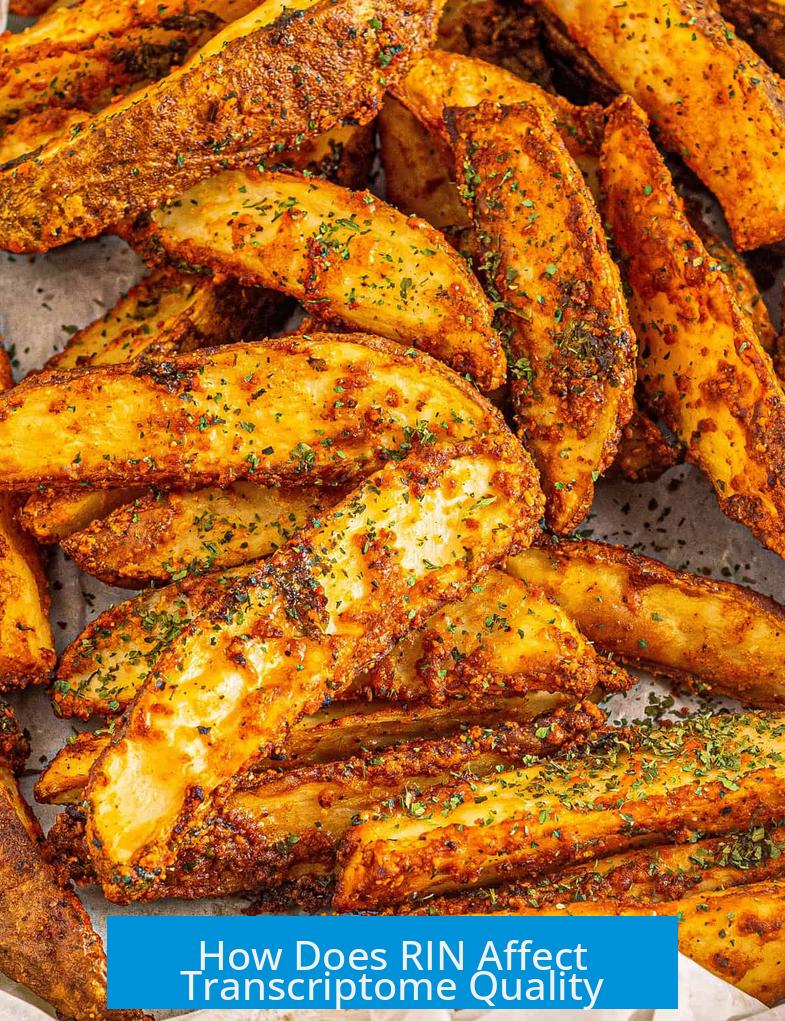
RNA degradation leads to underrepresentation of transcript ends and bias toward shorter fragments during library preparation. This bias can distort expression profiles, reduce transcript coverage uniformity, and complicate downstream analyses.
At RIN 7, RNA is moderately intact, but degradation signs are borderline. Empirical studies show that RIN values above 7 yield reproducible transcriptome data with minimal quality bias. Below this level, the risk of inaccurate transcript quantification increases.
Laboratory Variation in RIN Thresholds
| Lab/Sample Type | Cutoff Value | Comments |
|---|---|---|
| Standard sequencing core | 6.5 | Accepts samples with RIN 6.5; samples pass QC checks. |
| Lab working with necrotic or woody tissue | 6.0 | Lower cutoff due to challenging sample type; good results achievable. |
| Expert recommendation | ≥7.0 | Recommends rejecting samples below 7 to ensure data quality. |
The variability above reflects adaptation to sample complexity, RNA degradation propensity, and research objectives.
Limitations of RIN and When to Question Its Reliability
While RIN is a helpful metric, it does not capture all aspects of RNA quality. It primarily assesses ribosomal RNA integrity, not necessarily the intactness of other RNA species. Additionally, some tissues inherently yield lower RIN values due to intrinsic RNA instability.
Therefore, RIN should be considered alongside other quality parameters, such as RNA yield, sample source, and downstream application requirements.
Measurement Methods: Trusting RIN and RNA Concentration Values
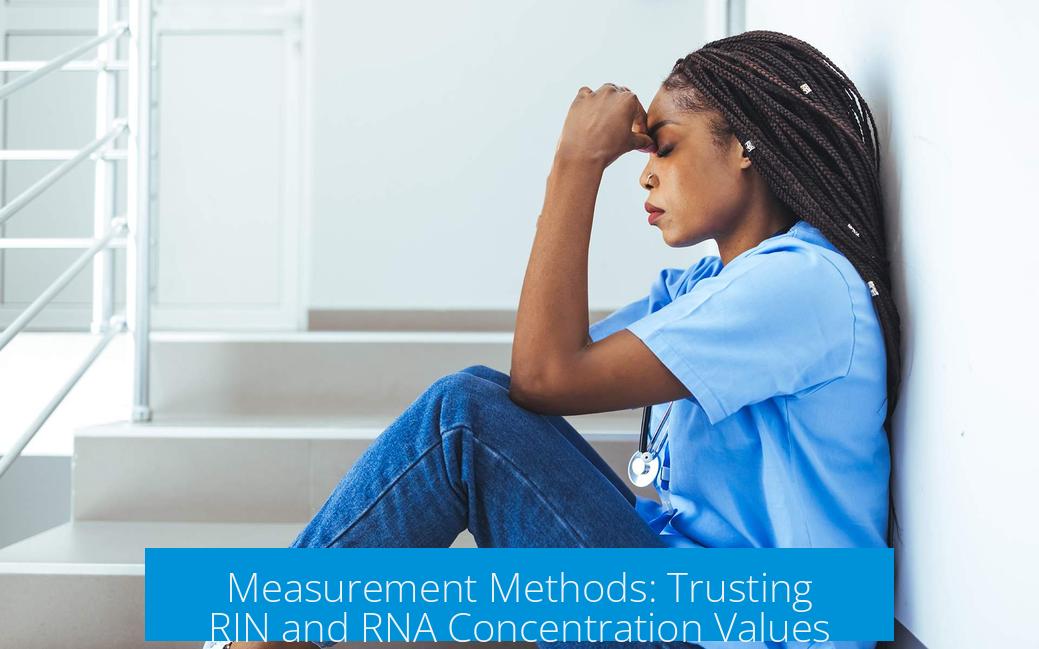
Accurate measurement of RNA integrity and concentration is crucial to interpreting RIN values correctly. Different instruments have distinct accuracy levels and principles of measurement.
Nanodrop Limitations
- The Nanodrop spectrophotometer estimates RNA concentration based on UV absorbance at 260 nm but cannot measure RIN directly.
- It detects absorbance from any nucleic acid or contaminant that absorbs UV light, potentially inflating concentration readings.
- The Nanodrop does not differentiate degraded RNA from intact RNA, thus providing no information on RNA integrity.
- Consequently, Nanodrop readings cannot be trusted for reliable RNA quality assessment in transcriptome work.
Preferred Instruments for RIN Measurement
The Agilent Bioanalyzer, TapeStation, and denaturing RNA PAGE (polyacrylamide gel electrophoresis) are considered gold standards. These instruments:
- Use electrophoretic separation of RNA fragments.
- Employ intercalating dyes to quantify nucleic acids.
- Provide a detailed electropherogram to calculate RIN and assess RNA integrity directly.
Bioanalyzer is most common, delivering precise RIN scores and enabling informed decisions for sequencing suitability.
Practical Recommendations
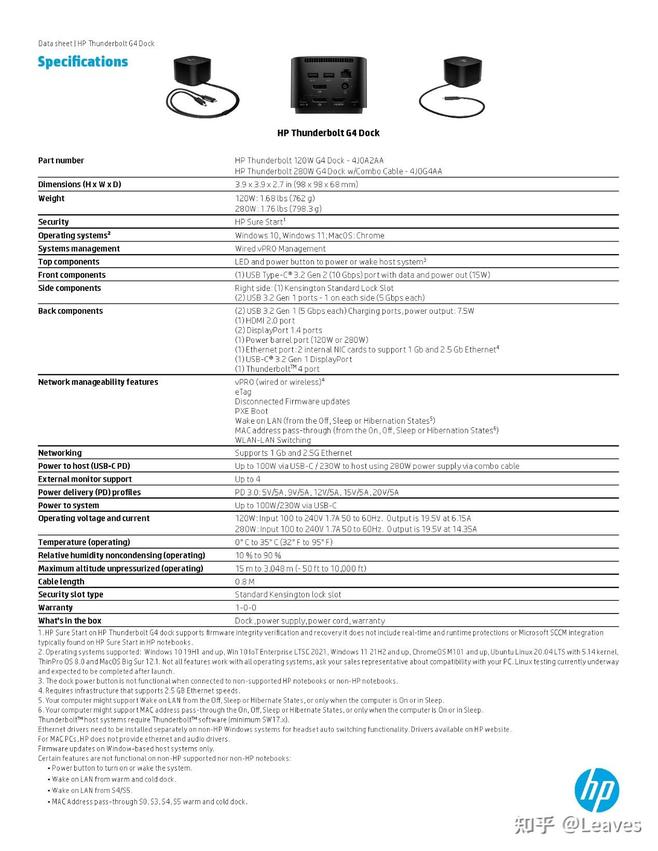
- Use RIN ≥7 Whenever Possible: Opt for samples with RIN values above or equal to 7 to meet quality standards.
- Verify Integrity with Reliable Instruments: Always measure RNA integrity using Bioanalyzer, TapeStation, or equivalent systems.
- Avoid Reliance on Nanodrop Alone: Use Nanodrop for rough quantification but confirm RNA quality and concentration by fluorometric assays or bioanalytical techniques.
- Re-extract RNA if RIN <7: If possible, re-isolate RNA to improve integrity before investing in sequencing.
- Consider Sample Source and Study Goals: Lower RIN thresholds may be acceptable for certain tissue types or exploratory experiments but should be used cautiously.
Summary of Key Points
- A RIN value of 7 is a widely accepted cutoff for reliable transcriptome analysis, but values slightly below may still be usable depending on the sample and lab criteria.
- RNA samples with RIN below 7 show some degradation, potentially biasing sequencing results.
- Laboratories use cutoffs ranging from 6.0 to 7.0, reflecting sample nature and quality demands.
- Nanodrop instruments are unreliable for determining RIN and RNA concentration for transcriptomics.
- Agilent Bioanalyzer, TapeStation, or RNA PAGE are the gold standards for assessing RNA integrity.
- Re-extraction of RNA is advisable if RIN is below 7 to increase RNA quality and sequencing success.
Can RIN Value of 7 Be Trusted for Transcriptome Analysis?
So, can a RIN value of 7 be trusted for transcriptome analysis? The short answer: yes, but with some important caveats. To fully understand, one must unpack what a RIN value of 7 really means, how different labs handle this threshold, and why the tool you use to measure it matters quite a bit.
RIN, or RNA Integrity Number, scores the quality of RNA samples on a scale from 1 (bad) to 10 (perfect). It’s an essential checkpoint before launching into expensive transcriptome sequencing. But is 7 good enough? Let’s dive into the nuances.
Why Is RNA Quality Important Anyway?

If your RNA is too degraded, your transcriptome data might be skewed or incomplete. Think of it as trying to read a shredded book; parts of the story are lost or jumbled. Reliable and consistent RNA integrity is crucial for accurate gene expression analysis.
Thresholds: The Great Debate on RIN Cutoffs
Some sequencing cores draw a firm line at 7. One expert bluntly says, “Any sample with a RIN < 7 is a no from me,” recommending rejection of those samples outright. That implies a RIN below 7 could jeopardize result quality.
On the other hand, other labs share a more laid-back attitude. Some use cutoffs as low as 6.0 or 6.5, especially when dealing with tricky samples like necrotic woody tissue. They report decent sequencing results despite the lower integrity.
In sum: some labs say 7 is the minimum, others say you can get away with less—context matters. This fits a broader scientific truth: RNA integrity thresholds should be tailored to the sample type, the sequencing technology used, and the experiment’s goals.
What Happens If Your RIN Is 7?
A RIN of 7 hovers on the borderline. It certainly beats the danger zone of under 6, but user experiences suggest some subtle issues might sneak in. One professional notes “RIN below 7 is gunna be noticeable in your results but it will likely still sequence.” You might observe some variability or reduced complexity in transcript coverage.
Sequencing at this level isn’t doomed—it merely carries a higher risk. Costly as sequencing is, re-extracting RNA to boost integrity is usually the safer play if possible. It’s like choosing fresh ingredients over leftovers for a gourmet dish—you can cook with both, but the fresh stuff usually wins.
Beware the Measurement Method: Nanodrop vs Bioanalyzer

Ever rely on Nanodrop readings for RIN or RNA concentration? Might want to reconsider. Nanodrop measures UV absorbance — anything that fluoresces or absorbs UV can throw off the numbers. This non-specificity can wildly inflate concentration estimates and can’t accurately assess integrity.
One voice from the trenches states, “I would never trust a Nanodrop reading to determine a RIN.” The Agilent Bioanalyzer or TapeStation, by contrast, uses electrophoresis and intercalating dyes that interrogate RNA molecules specifically. This makes them the gold standard for trusted RIN measurements.
If you are paying for sequencing, you deserve this level of quality control. A Bioanalyzer run acts like a reality check on your RNA, making sure the value you see isn’t a bloated lie.
Practical Tips When Working With a RIN of 7
- Consider your sample source: Some sample types are naturally tough to keep pristine (like woody tissue). Labs have accepted RIN as low as 6.0 for those.
- Always confirm RIN with a trusted instrument: Don’t bank on Nanodrop. Get a Bioanalyzer, TapeStation, or RNA PAGE to see the real RNA story.
- When possible, re-extract RNA: If your sample hits 7, and re-extraction is feasible, try it before sequencing. It’s worth the effort to avoid mixed results.
- Adjust expectations: Accept that transcriptome data from RIN 7 samples may show some degradation effects. Plan analysis accordingly.
The Verdict: To Trust or Not to Trust?
If your RNA sample has a RIN of exactly 7: You can trust it cautiously. It’s not perfect, but it’s usually sufficient for sequencing, especially in less-than-ideal tissue types. Quality may slightly dip, but you can still squeeze reliable data out of that sample if you manage expectations and plan wisely.
However, don’t be complacent: always verify the measurement method and consider re-extraction if possible. Sacrificing RNA quality risks the entire downstream experiment and the cost associated with it.
So, What About Labs with Different Cutoffs?

Lab standards vary for good reasons. Some achieve success at RIN 6.0 due to sample complexity or the need to work with degraded samples. Others prioritize pristine RNA with cutoffs at 7.0 or above to maximize confidence.
Always consult your sequencing provider. Ask what cutoff they require. Some may politely reject samples below 7, while others accept slightly lower RIN values if your RNA type is known to be challenging.
Final Thoughts
A RIN value of 7 walks a fine line in transcriptome analysis. It’s often “good enough” but not “ideal.” Considering the financial stakes and time investment, aim to improve RNA quality beyond this whenever possible. Use the right tools for measurement, understand your lab’s thresholds, and don’t hesitate to re-extract when feasible.
Remember, in transcriptomics, RNA quality sets the foundation. High-integrity samples build reliable results; borderline ones carry risk. Plan wisely and sequence smart!
Can a RIN value of 7 be considered reliable for transcriptome analysis?
A RIN of 7 is often acceptable and passes quality control in many labs. However, some researchers prefer samples strictly above 7 to ensure higher quality data. It depends on your lab’s cutoff and sample type.
What are the risks of using RNA samples with RIN below 7 for sequencing?
Samples below RIN 7 may show noticeable degradation effects in the results. Sequencing can still proceed but data quality might decline. Re-extracting RNA to improve RIN is advisable if possible.
Can Nanodrop instruments be trusted for determining RIN and RNA concentration?
Nanodrop is not reliable for RIN measurement or accurate RNA quantification needed in transcriptome work. It measures any fluorescent material, causing inaccurate concentration readings.
Which instruments provide trustworthy RIN measurements for transcriptomics?
Agilent Bioanalyzer, TapeStation, or denaturing RNA PAGE are preferred. They use electrophoresis and nucleic acid-specific dyes, ensuring accurate RNA integrity assessment.
Why do different labs accept different RIN cutoffs for sequencing?
Cutoffs vary due to sample tissue type and lab protocols. Some use 6.0, especially with challenging samples, while others demand 7.0 or higher for stricter quality control.


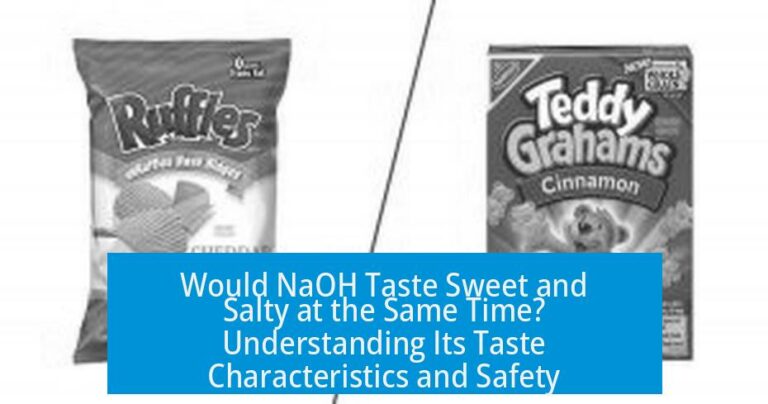
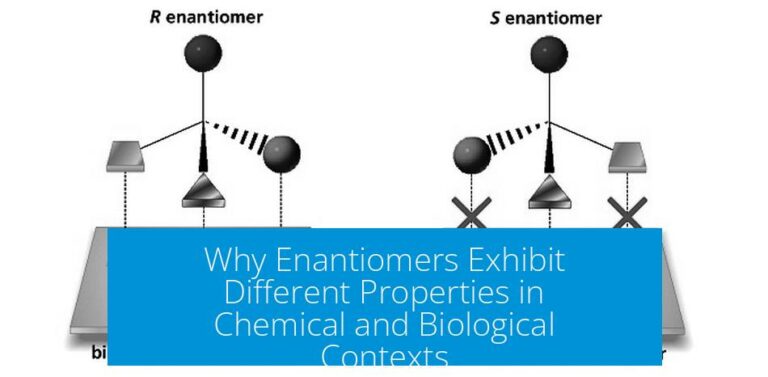
Leave a Comment